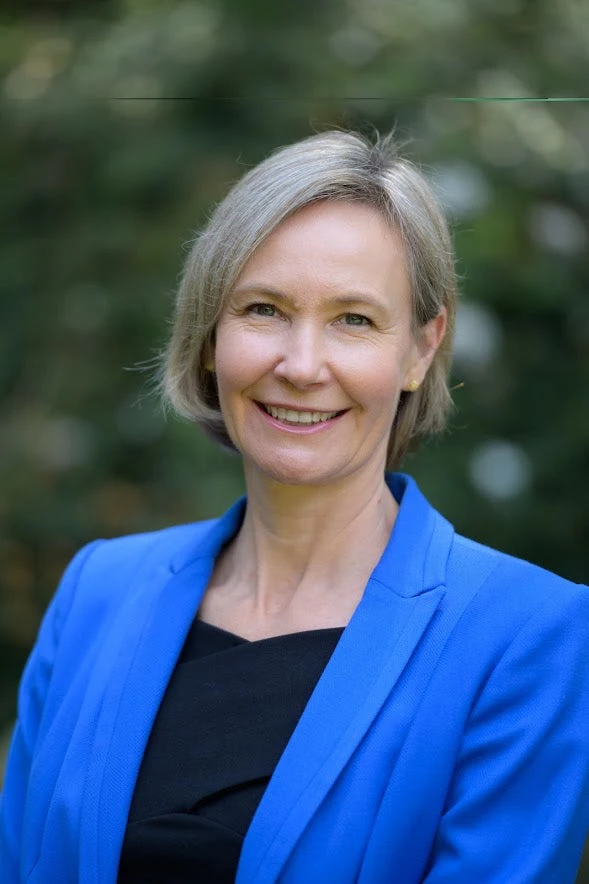 |
| Watch the video highlighting the report's findings. |
My mother always told me that first impressions are deceptive. Turns out, this is true also when it comes to gender equality.
I lived in Vientiane, the capital of Laos, for six years, working in the World Bank’s country office on social development and gender issues. I still recall arriving in Vientiane, the sleepy city by the mighty Mekong river, and being taken by surprise of how empowered women seemed to be. I noticed women driving their motorbikes in the city, female shop owners serving delicious mango and papaya, and women in the latest business suits hurrying back to the office.
In a country where poverty has decreased by 25% since the 1990s, it was easy to get the impression that women are truly enjoying the benefits of development on equal terms with men. The laws are supportive of women as well. These have clear targets in place that promote women’s human development, economic opportunity, and participation.
But once the first impressions settled, I began to see a more nuanced picture. In meetings with government, I noticed that, while women were present, they were mostly not participating in the meeting, but were rather busy serving tea and cookies. There were some exceptions for sure, strong women that made bold points; but this was far from the norm. In meetings with women business owners, I was told that it was difficult for women to obtain credit. Women had a harder time than men becoming managers and were in lower paying jobs.
[[avp asset="/content/dam/videos/eap/2018/jun/lao_pdr-_reducing_vulnerability_and_increasing_opportunity_hd.flv"]]/content/dam/videos/eap/2018/jun/lao_pdr-_reducing_vulnerability_and_increasing_opportunity_hd.flv[[/avp]]
Leaving the capital and traveling to the country side, gender issues became even starker. During my many trips across the country, I observed women walking up the steep hills, carrying firewood on their backs; young girls carrying their younger siblings. Passing rivers, I noticed women collecting water, which they will bring back to the village. While the road may have improved, the way women were carrying out their daily chores seem not to have changed much at all. In many ethnic villages, I noticed that more boys than girls were in school, and I was told that fewer girls than boys were given the opportunity to proceed to secondary school.
The new Country Gender Assessment for Laos, a joint publication between the World Bank and ADB and which I am a co-author of, explores gender issues such as these. One of the report’s main finding is the need to focus on reducing gender disparities and vulnerability in remote rural areas that are home to small ethnic groups. These groups are at particular risk of being left behind despite rapid economic development.
The report also highlights a need to focus on increasing women’s ability to take full advantage, on equal terms, of the expansion of new economic opportunities in the market, particular among women in urban, lowland areas.
While researching for the report, we tried hard to disentangle the underlying issues that are making it so hard for women to benefit equally from development gains and overcoming challenges that make that first impression of gender equality so deceptive. Watch this space in the coming days for more entries about issues that are confronting Lao women.
What are some of the challenges women in your country are facing when it comes to gender equality? You can share these with me in the comments section below.


Join the Conversation